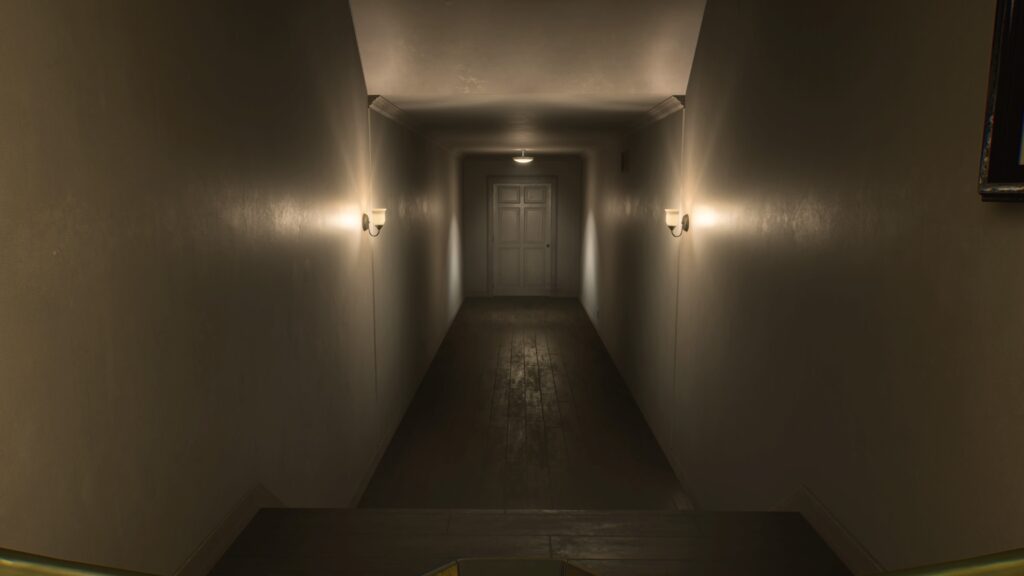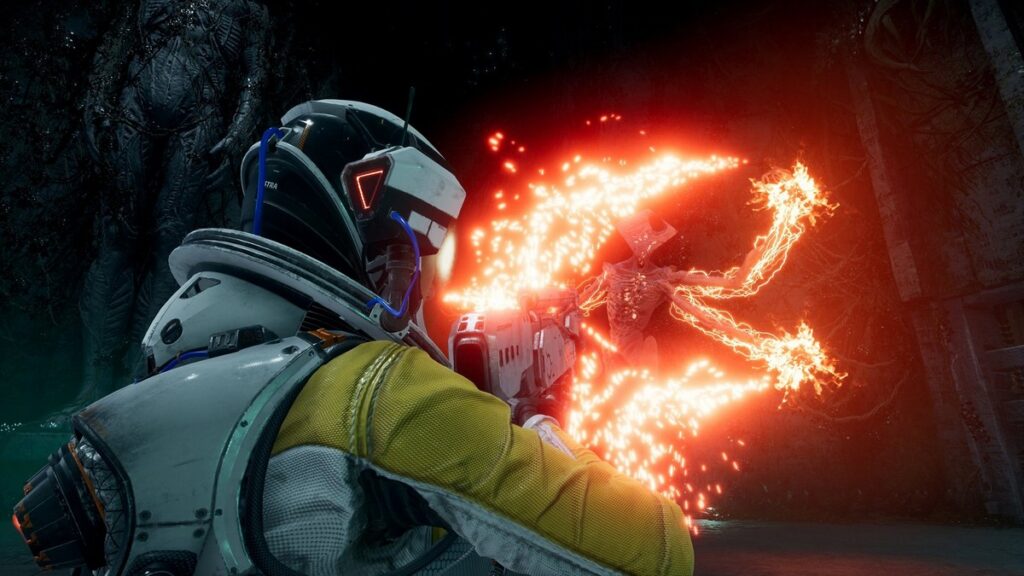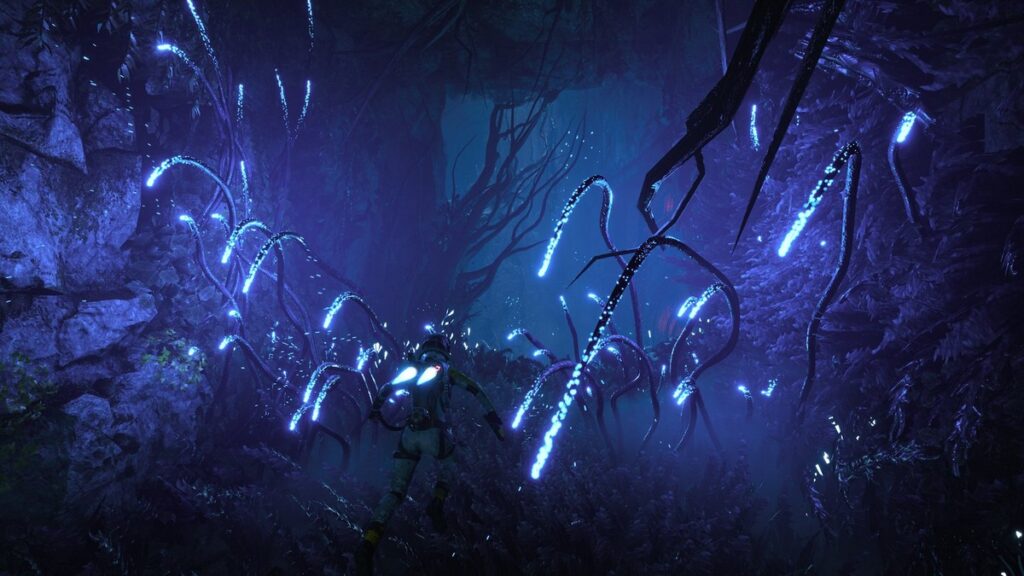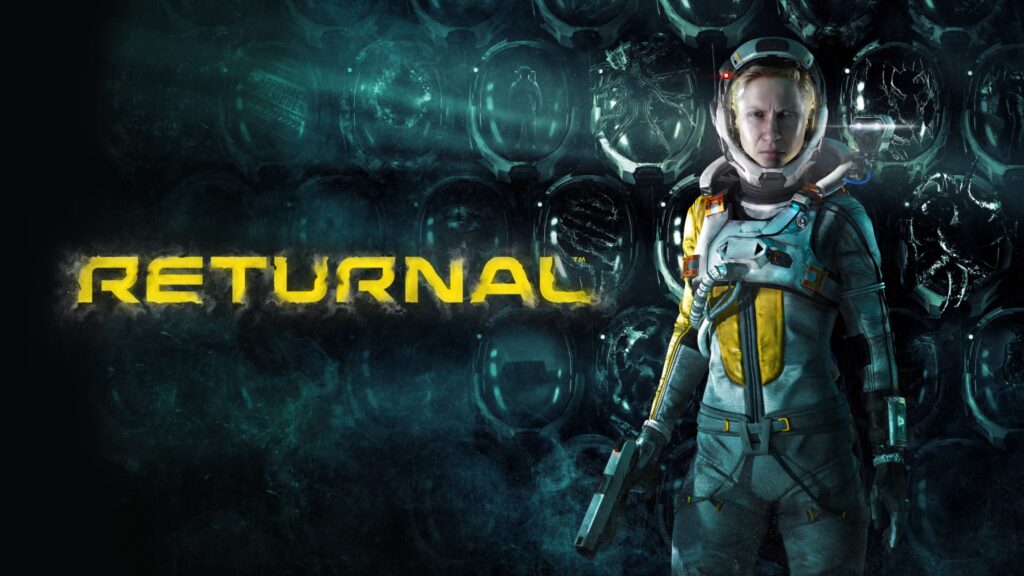Returnal Review | Top-notch Rougelike Action
In our Returnal review, we found that the game is a must-play for roguelike lovers, and it can even appeal to non-roguelike fans. Plus, it's a great PS5 showcase.

PlayStation has come under some criticism recently for their seeming focus on “safe” triple-A blockbusters. Though the latest PlayStation exclusive, Returnal, couldn’t be farther from your typical blockbuster PS exclusive. Sure, it’s a third-person shooter, but it also has heavy roguelike elements that’s usually reserved for indie titles.
While it’s not as ‘out there’ as Death Stranding, Returnal being a triple-A roguelike is a strong statement that not all PS5 exclusives will follow the “cinematic story-driven third-person action game with RPG elements” template that PlayStation is known for. Of course, there is a risk that a triple-A roguelike might not be what PS5 owners are looking for as the first “true” PS5 exclusive. After all, these kinds of games have a more niche fanbase, at least compared to something like God of War or Spider-Man.
So, did PlayStation make the right call in tapping developer Housemarque to craft a game that’s far from its usual triple-A template?
Without a doubt!
[NOTE: Technically, Returnal is more of a roguelite than a roguelike. Though given that developer Housemarque refers to it as an arcade action game with roguelike elements, we will be referring to it as a roguelike here in our review.]
On-Your-Toes Action
If you’re familiar with Housemarque’s previous games such as Resogun or Alienation, you probably already have an idea of what to expect in Returnal. If not, well, this game is far from a slow and methodical cover-based shooter. Instead, Returnal pits you against a multitude of enemies, most of which spew projectiles that must be dodged. In your hands though are a gun with a primary and secondary fire, a multitude of items that must be scavenged in the game’s world, the nifty dash ability that lets you zip past enemy projectiles, and the surprisingly powerful blade for melee attacks.
An easy way to explain the game’s combat is like Control, but with the bullet hell elements of Nier Automata–so it can be described as a third-person bullet hell shooter in a way. While this might make it a bit tough to learn, I actually found myself easily getting to grips with its base combat. During the first few fights in the game’s introduction, I quickly found the game’s combat to feel quite natural; this unlike with other games where it takes me around an hour or so before I feel fully comfortable with combat and general gameplay.
Combat doesn’t just feel great as it’s also well designed. If you manage to kill consecutive enemies without taking a hit, your ‘adrenaline’ bar will increase, giving you strong buffs such as increased damage. Take note though, your adrenaline level will go back to zero when you get hit.
Make no mistake though, even if it doesn’t have much of a learning curve in terms of its base combat system, Returnal is a difficult game. This is because enemies hit hard and fast; plus, they often come in packs. This, coupled with their tendency to spout fast-moving projectiles, means shooting them is just half the challenge, with dodging and dashing through enemy encounters being key in surviving Returnal.
Adding another layer of challenge is the fact that you’ll often face groups composed of different kinds of enemies, some of which have devastating melee attacks, while others have annoying long-range abilities. On top of this, healing items are few and far between, meaning you must do your best not to get hit if you don’t want to meet an early death. That’s not even mentioning the big bosses that you encounter at the end of a level.
No matter how hard you try though, you will die in Returnal.
Live. Die. Repeat.
As with any roguelike (or roguelite) like the ever-popular Binding of Isaac or last year’s Hades, you will be transported back to the beginning whenever you die. On top of this, you will also lose your weapon, as well as most of your items and buffs, meaning you practically start from scratch with every death. Plus, each of the game’s six levels (or biomes) is randomly re-arranged during every “cycle,” meaning you will have a nearly fresh experience at the start of every run.
While this seems overly harsh for players new to roguelikes, Returnal is designed in such a way that dying and restarting the loop feels fair. Sure, it can feel deflating when you die while having great loadout, but these moments are minimized thanks to some tricks. For one, there are certain items that are carried over even upon death (such as traversal items and the Ether resource). Then there are some useful shortcuts that open at certain points once you have progressed through a biome far enough. Plus, you also unlock weapon traits the more you use certain weapons; as you unlock more traits, you’ll find that the weapons you find become more powerful as you do more cycles. These additions, coupled with the fact that you do learn enemy attack patterns the more you fight them, help in giving a strong feeling of progression, even when you find yourself dying after nearly defeating a boss.
To help you against the game’s tough enemies, Returnal is filled with numerous items, from one-time consumables that can heal or give you buffs, to artifacts that provide a permanent boost (though these artifacts disappear when you die). Then there’s the variety of weapons including rifles, shotguns, grenade launchers and more; with each having unique secondary fire modes and traits which can be unlocked the more you use them.
These items are integral to a good Returnal run but getting them is not guaranteed. Aside from the arrangement of each “room”, the items that you get are also random in each run. This means it can often be down to luck if you get a weapon of your choice. If you don’t, it’s often a tough decision on which weapon to bring with you as you progress through a biome. Though there are spots in each level where you can exchange obolites (a resource dropped by slain enemies) for items.
Adding an extra layer of challenge are malignant items. When you pick up these items, there’s a chance that you’ll pick up a suit malfunction. These malfunctions are debuffs that range from lowering your melee damage to reducing the amount of healing that you can get. To get rid of malfunctions, you’ll need to accomplish a random task that’s assigned with the malfunction; some require you to pick up items, while another can task you with killing 10 enemies. Malignant items then, can present quite a challenge, as you’ll have to weigh the risk of getting a malfunction to get it.
Another risk that you can take is getting parasites. These alien creatures latch on to you and give you some useful buffs. On the flip side, parasites also have a corresponding debuff. For example, a parasite may heal you when at low health while making you more susceptible to fall damage.
Because of the nature of the gameplay loop, as well as the malignant items and parasites found throughout the world, Returnal is all about balancing risk and reward. If you already have a strong loadout that suits your playstyle, you may not want to risk getting a malfunction or a parasite with a bad trade-off. On the flip side, if your current cycle is not going well, grabbing a malignant item might be worth the risk.
Having explained all of these features, I have to admit that I haven’t even scratched the surface of the game’s multitude of items and mechanics. That’s because discovering all of the game’s interlocking systems is part of what makes Returnal so engaging. I wouldn’t want to spoil your playthrough by giving away everything before your first run.
Nailing the Atmosphere
Another thing I don’t want to spoil is the game’s story, though it’s safe to at least explain the game’s premise. In Returnal, players take on the role of Selene, an Astra scout that surveys planets in space. Selene crashes in the planet Atropos while exploring a mysterious signal, and there, she is stuck in a loop where death is not an escape as whenever she dies, she finds herself back to the moments before her crash.
Why is Selene stuck in this loop? What are these creatures that inhabit the planet? And how is there a house on Atropos that’s inhabited by this astronaut? These are questions that you’ll find out the answers to as you play the game. Though don’t expect answers instantly as the game can be quite vague about the details, especially during the early hours. While I found the story to be interesting and quite innovative in its structure, its presentation is far from the typical PlayStation exclusive style. This means players who prefer a more straightforward narrative may find Returnal hard to get in to at first given its slow-burn and puzzle-like story.
What stands out about Returnal though is its atmosphere. While not a full-blown horror game, Returnal has this eerie vibe to it thanks to the world design, distinct art style, and matching soundtrack. Overall, the game’s mood is akin to the first Alien movie or its prequel, Prometheus. This makes it unique not only among the games in PlayStation’s exclusive stable, but also when compared to recent triple-A releases.
I wouldn’t call Returnal’s atmosphere inviting, but there is something about it that kept me coming back for more. It might be because of how well this creepy vibe meshed with the game’s intense combat and ever-changing world. This combination proved to be compelling enough for me to keep playing, with the game’s story reveals just being icing on the cake.
A PS5 Showpiece, with some Issues
I mentioned above that Returnal is the first “true” PS5 exclusive. While technically there are games like Astro’s Playroom and Demon’s Souls, Astro is more of a tech demo and Demon’s Souls still plays almost exactly like the original game from the PS3. Returnal meanwhile, is a single player game which is built specifically for the PS5 in terms of both graphics and gameplay. And in this regard, Returnal is an impressive showcase of the PS5’s capabilities.
Thanks to the powerful CPU and GPU, Returnal is able to run with a dynamic 4K resolution and with a mostly smooth 60FPS (there were some minor dips here and there). This makes Returnal look like a clear step above PS4 era games. Aside from graphics, what makes Returnal technically above previous-gen titles is the incredibly fast loading times. Thanks to the console’s SSD, there are no loading screens in the game, with fast travel only taking a couple of seconds, not to mention that the game starts up in record time as well.
Graphics and loading times are not the only thing “next-gen” about Returnal; there’s also the way it makes use of the PS5’s DualSense controller. For one, the haptic feedback use in the game is excellent as you’ll be able to feel sensations such as raindrops and other effects that are present in the game. While this enhanced immersion, Returnal also makes use of the DualSense to improve gameplay, specifically with its use of the adaptive triggers.
To better aim your weapon in Returnal, you’ll have to press the L2 button. Though you’ll notice that the trigger has a resistance at the halfway point; when pressed halfway down, you will aim with your primary fire. But by pressing it down fully, you’ll be activating and aiming your gun’s secondary fire. This might not seem like much, but it makes for more intuitive switching between primary and secondary fire options (compared to mapping secondary fire to another button).
Returnal’s audio also left me impressed as the game takes advantage of the PS5’s 3D audio. Similar to my experience in Demon’s Souls, I often relied on the 3D audio cues to accurately locate where enemies are. This proved to be incredibly helpful as I often lost track of where some enemies are in hectic fights. Currently though, you’ll need to use headphones to enjoy 3D audio as speakers are not yet supported.
While Returnal is an impressive technical showcase for the PS5’s capabilities, it’s not a perfect game. For one, we encountered some visual bugs and one game crash. These are small issues though when compared to the game’s lack of a save state feature.
When you close Returnal and/or turn off the console, the game will transport you to the start of the loop (though some items and unlocked shortcuts/traits will still carry over). This means if you currently have a good run, you’ll have to suspend the game and put the console on rest mode to not lose your run’s progress. While this might not be an issue for some, it can be frustrating as you won’t be able to switch to another game if you don’t want to give up your current run. Plus, the lack of save states also means that if you encounter a crash or a sudden power outage, you’ll be transported to the start of the loop when you reboot.
Returnal Review Final Verdict – 9/10
For fans of roguelikes, Returnal is a must-play. The game takes a punishing yet satisfying gameplay loop that’s usually found in an indie title and gives it the production value of a PlayStation blockbuster title, all without compromising the hardcore nature of the game. Though as I played, I discovered that Returnal is made in such a way that it can even appeal to non-roguelike fans, as its overall gameplay and distinct atmosphere makes for an intoxicating and rather addictive experience. Plus, it’s an excellent showcase of the PS5’s technical capabilities.
Sure, it can be deflating at times to die in the middle of a good run, and the lack of save states does hamper the experience a bit. But overall, Returnal is an impressive achievement from Housemarque, and is a PS5 exclusive that offers top-notch action that we highly recommend.
This Returnal Review was made with a review code provided by Sony Interactive Entertainment.










